With all the talk about shoe size, width, and the alphabet soup of sizing charts, it's no wonder the hunt for the perfect pair can feel overwhelming. But here’s the thing—understanding shoe sizes doesn’t have to be complex.
In this article, we’re getting down to the basics of what all those numbers and letters really mean for your feet. With a little know-how about foot size, shoe width, and those mysterious numbers and letters, you'll be on your way to walking on cloud nine.
Let’s dive in!
What are the basics of shoe sizing?
When it comes to finding the perfect shoe, knowing the ins and outs of shoe sizing is your first step.
Here’s what you need to know:
Understand your foot size
Foot size isn't just about how long your foot is from heel to toe. It’s also how wide your foot is at its broadest point.
Here’s what to know:
- Length matters: Your shoe size starts with the length of your foot. Most of us know our shoe size, but did you know it’s based on the distance from your heel to your longest toe? Note: it’s not always the big toe!
- Width counts: Then there's shoe width. It’s a factor often overlooked but oh-so-important. Shoes come in a variety of widths, from narrow to extra wide. The right width means comfort, avoiding that pinched feeling or, on the flip side, the sense that you’re swimming in your shoes.
Men’s vs. women’s shoe sizes
It’s important to understand that men's and women’s shoe sizes are built on different scales. A size 8 in men’s doesn’t equal a size 8 in women’s. Why? It all boils down to the average foot shape and size.
- Women’s shoe sizes: Typically run smaller and narrower than men's. This isn’t just about making shoes smaller but tailoring the fit to the general foot structure of women.
- Men’s shoe sizes: Tend to be larger with a wider base. Even when the numerical size matches a woman’s size, the fit can be quite different due to these width and volume differences.
Kids’ shoes: A world of their own
Kids' shoe sizes are a whole different game. They’re not just scaled-down versions of adult sizes—they’re designed to accommodate the growing and often rapidly changing feet of children.
- Growth spurts: Kids’ feet grow fast, and keeping up can be challenging. That’s why their sizes change so frequently and why regularly measuring their feet is key.
- Different sizing system: Children's shoe sizes are often divided into various categories, like toddler, small kids, and big kids, each with its own sizing chart. Navigating this can seem daunting, but it’s all about understanding where your child fits.
Understanding the basics of shoe sizing, from the length and width of adult feet to the ever-changing sizes of kids' feet, will set you up for footwear success. No more guesswork, no more uncomfortable shoes—just a perfect fit every time.
How can you measure your feet at home?
Measuring your feet at home is simpler than you might think and doesn't require any fancy equipment. Just a sheet of paper, a tape measure (or a ruler), and a pen or pencil.
Here’s how to ensure you get those measurements just right:
Step-by-step guide
- Prep your space: Place a sheet of paper on a hard, flat surface and tape it down if it slides around. You don’t want any sliding paper to mess with your measuring.
- Stand for accuracy: Stand on the paper wearing the type of socks you’d typically sport with your shoes. Standing helps spread your foot to its natural width and length.
- Mark it up: With your pen or pencil, carefully trace around your foot. Keep your pencil as upright as possible for the most accurate line. It might tickle, but hold steady!
- Measure length: Use your tape measure to find the distance from the heel to the longest toe. This is your foot length, and congratulations, you’re halfway there!
- Measure width: Now, measure the widest part of your foot. This usually falls right where your bunions might pop up.
- Repeat for both feet: Because your feet aren’t always mirror images of each other, repeat the process for both. You might find one foot is slightly larger or wider; that’s totally normal.
Interpreting measurements
- Finding your shoe size: Compare these measurements to a shoe size conversion chart. You’ll find your shoe size varies by country (US, UK, EU, etc.), so make sure you’re looking at the right one for where you plan to shop.
- Don't forget about width: Most charts will help you determine length size, but width can be a bit trickier. If your foot’s width doesn’t match up with the standard for your length size, you might need to look at wide or extra-wide options.
- Special considerations for kids: Given how quickly kids’ feet grow, you’ll want to check their measurements every few months. Plus, allowing a bit of extra space can help their shoes last longer before the next growth spurt hits.
What are wide-width shoe sizes?
Once you've measured the widest part of your foot and find that standard sizes are a tight squeeze, you're likely in the territory of needing a wide-width shoe size. These sizes are specifically designed to provide more room across the foot, offering a fit that’s snug where it needs to be and spacious where you want it.
Let’s put it into practice. First, compare your measurements against a brand’s size chart, which should guide you in length and width. This is where you make the leap from cramped to comfortable.
For those searching for wider-width shoes, Kizik has you covered:
- The Lima: With sizes stretching from 4.5 to 15 in both standard and wide and featuring our cloud-like outsole, discomfort is a thing of the past. Plus, its mesh upper means no more sweaty feet.
- The Athens: With traction pods for superior grip and a special Cage™ for effortless wear, the Athens makes getting ready a breeze. The Rabbit Foam™ outsole adds that extra layer of comfort, making every step a joy.
- The Vegas: Step into sophistication without cramping your style (or your toes). This shoe pairs the luxury of premium, full-grain leather with the freedom of a wide fit. Whether you're heading into town or just hitting the coffee shop, the Vegas is your classy go-to for every occasion.
- The Prague: With a mix of high-quality canvas and genuine suede, the Prague looks and feels good. The roomy toe box says "not today" to squished toes, and with removable insoles, you can keep things fresh or tweak the fit to perfection.
- The Madrid Eco-Knit: Walk the walk and help the planet one step at a time. The Madrid Eco-Knit is made from recycled plastic bottles. Stretchy, breathable, and designed with a wide fit in mind, it’s proof that you don’t have to sacrifice comfort for conscience.
How do you navigate international shoe sizes?
Navigating international shoe sizes means playing a bit of a numbers game—what's a 9 in the USA might not be a 9 in Europe. And Japan? That’s a whole other story.
Here's how to keep it all straight:
- USA to everywhere: American sizes are the starting point for many. But when you step into the international sizing, it’s important to keep in mind that the US shoe size charts are just the beginning.
- Europe's calling: European sizes might look like a big leap from what you’re used to. An American women’s 8 becomes a European 39. The trick? Look up a conversion chart—don’t guess.
- The UK size twist: Across the pond, the UK size adds another layer to the puzzle. A men’s shoe size chart can help translate a US 10 to a UK 9.5. Yes, half-sizes matter here!
- Japan’s numbers: Japan uses centimeters, adding a new dimension. The length of your feet in cm can guide you in a land where shoe manufacturers might not always align with what you’re used to.
- Width woes: Width sizing doesn’t always translate directly. Standard widths in the USA might find a different match in Europe or the UK. When in doubt, check with the shoe manufacturers for guidance.
Remember, different sizes, from loafers to sneakers, can vary not just by country but by brand. Always measure your feet, use charts as a guide, and consult directly with the manufacturer to avoid the wrong size when possible.
What’s the secret to finding your perfect shoe fit?
So you’ve got the numbers and are now on the hunt for shoes that feel as good as they look.
Here's the skinny on clinching that perfect fit:
- Mind the material: Materials like leather can stretch over time, while synthetics might hold their shape longer. Choose with the future in mind.
- Seasons change, and so do feet: Swelling can be real, especially in the evening, or during warmer weather. If you’re often caught between sizes, consider this when choosing.
- Your larger foot calls the shots: Most of us have one foot that’s slightly larger. Always pick your shoe size based on the bigger foot, ensuring both feet get the comfort they deserve.
A final word
In this journey through the world of shoe sizes, we've covered a lot of ground—from the basics of measuring your feet to navigating the nuances of international sizes and finding the perfect wide-width fit. At Kizik, we're all about making sure that you find a shoe you love slipping into every day.
Remember, the right fit isn't just about the numbers but how you feel walking through life's moments, big and small. Here's to shoes that fit you in every sense of the word.
Time to walk on with confidence.
Sources:
How To Measure Your Shoe Size So You Can Have Perfect-Fitting Footwear | Byrdie
Why Good Footwear is So Important for Your Health | CHP
Children's Feet: How They Grow | Institute for Preventive Foothealth (IPFH)
Here's How to Determine Your International Shoe Size | Byrdie


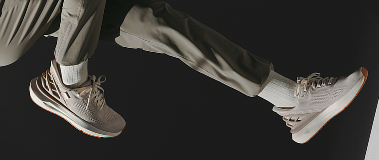


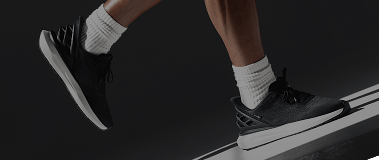
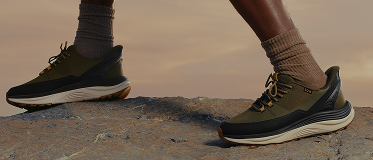
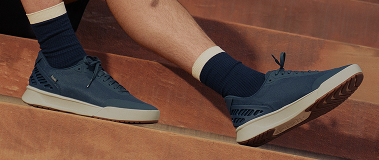
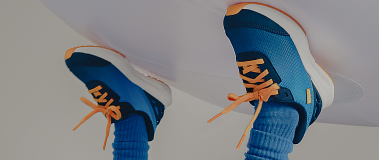
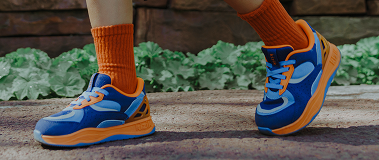
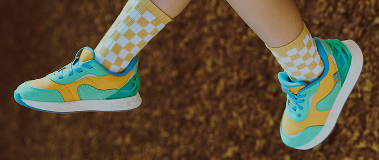




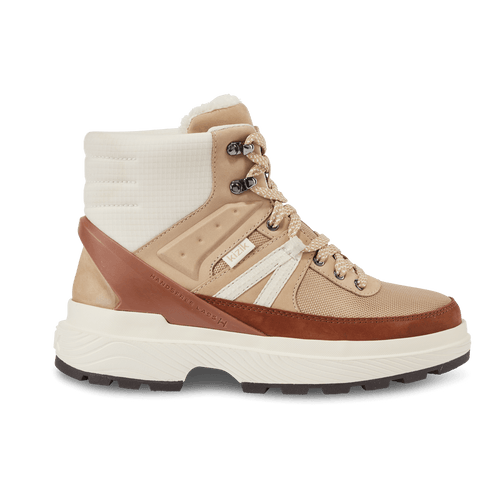
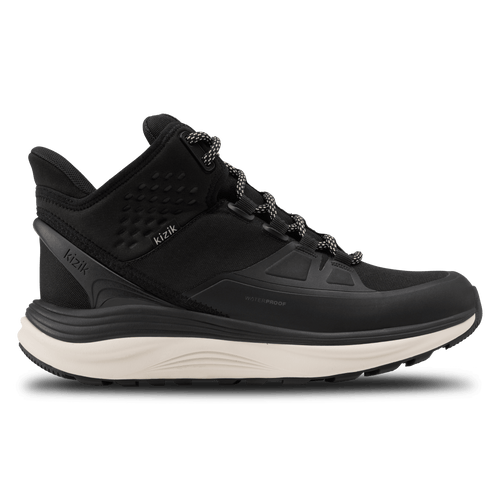





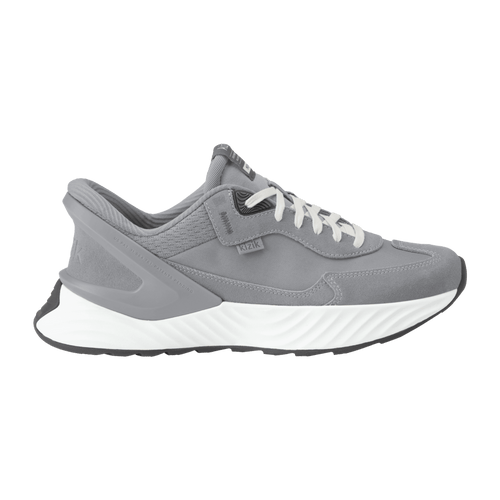


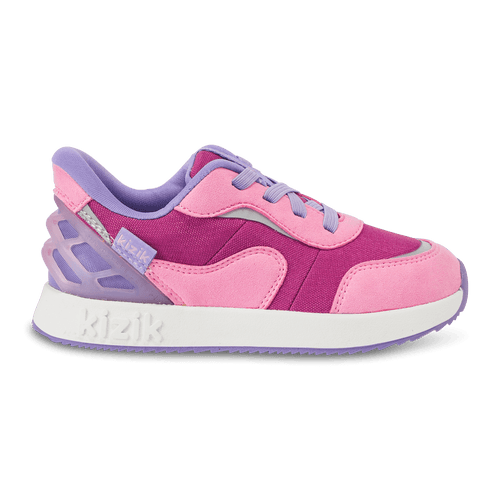

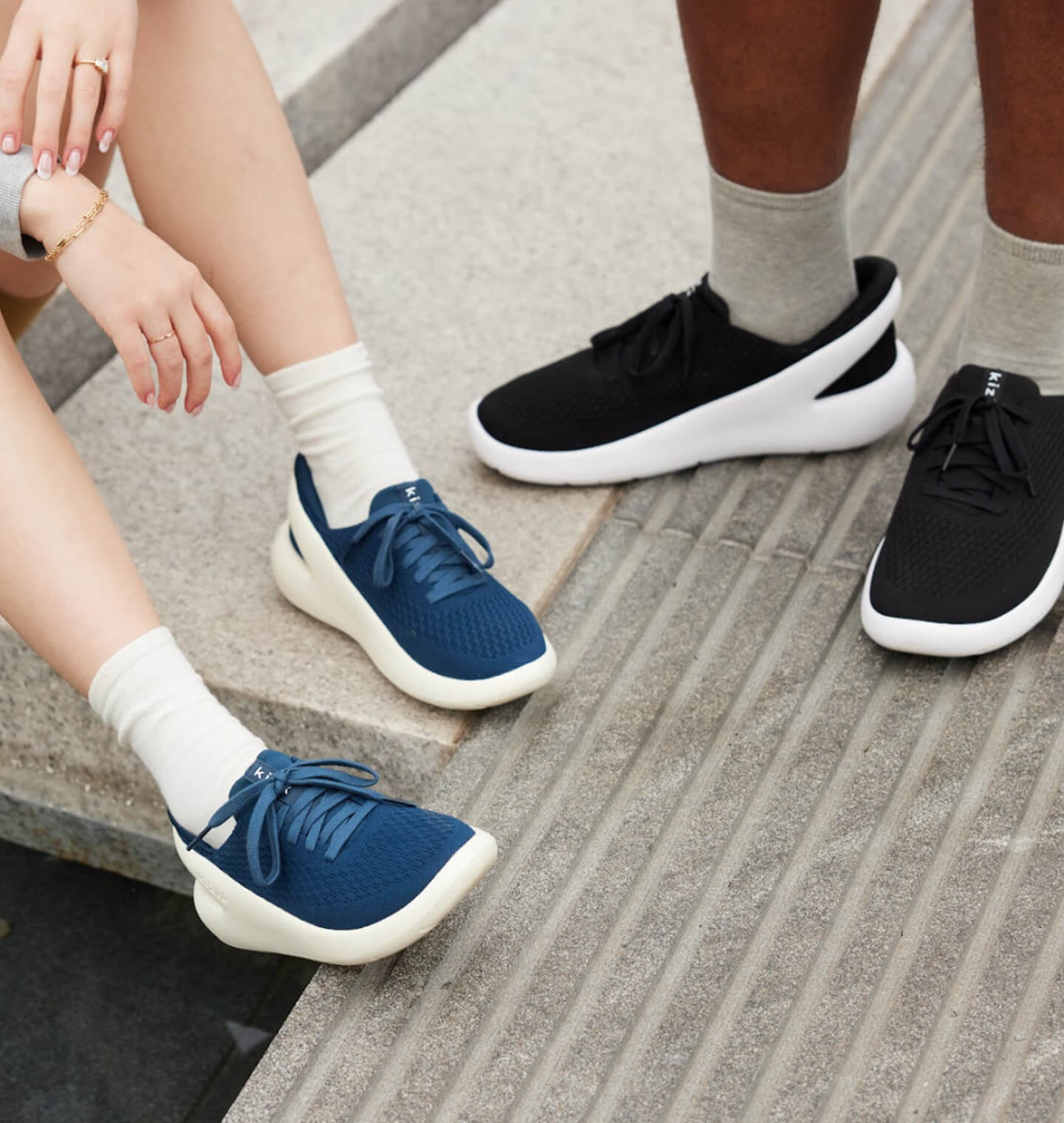
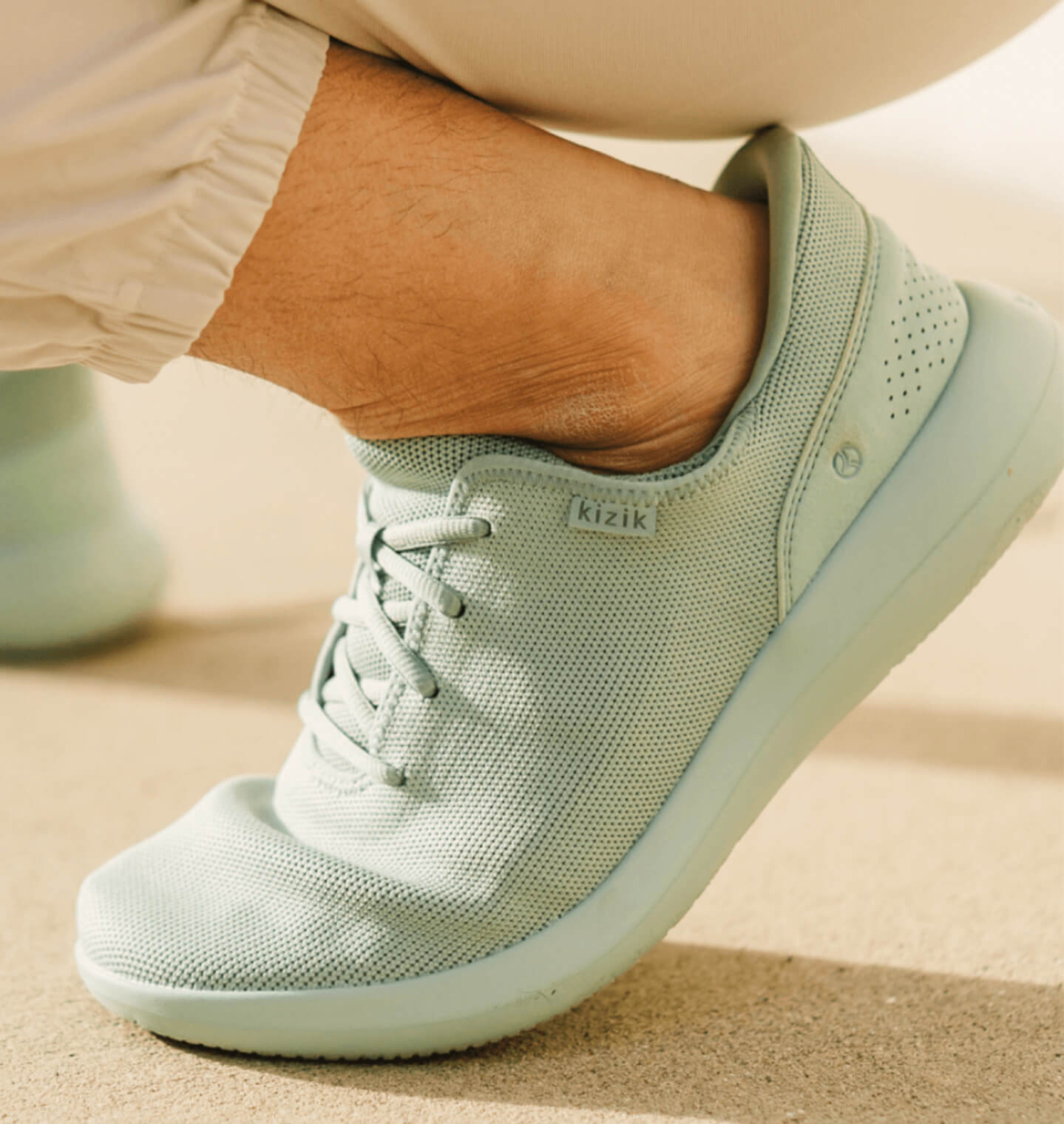
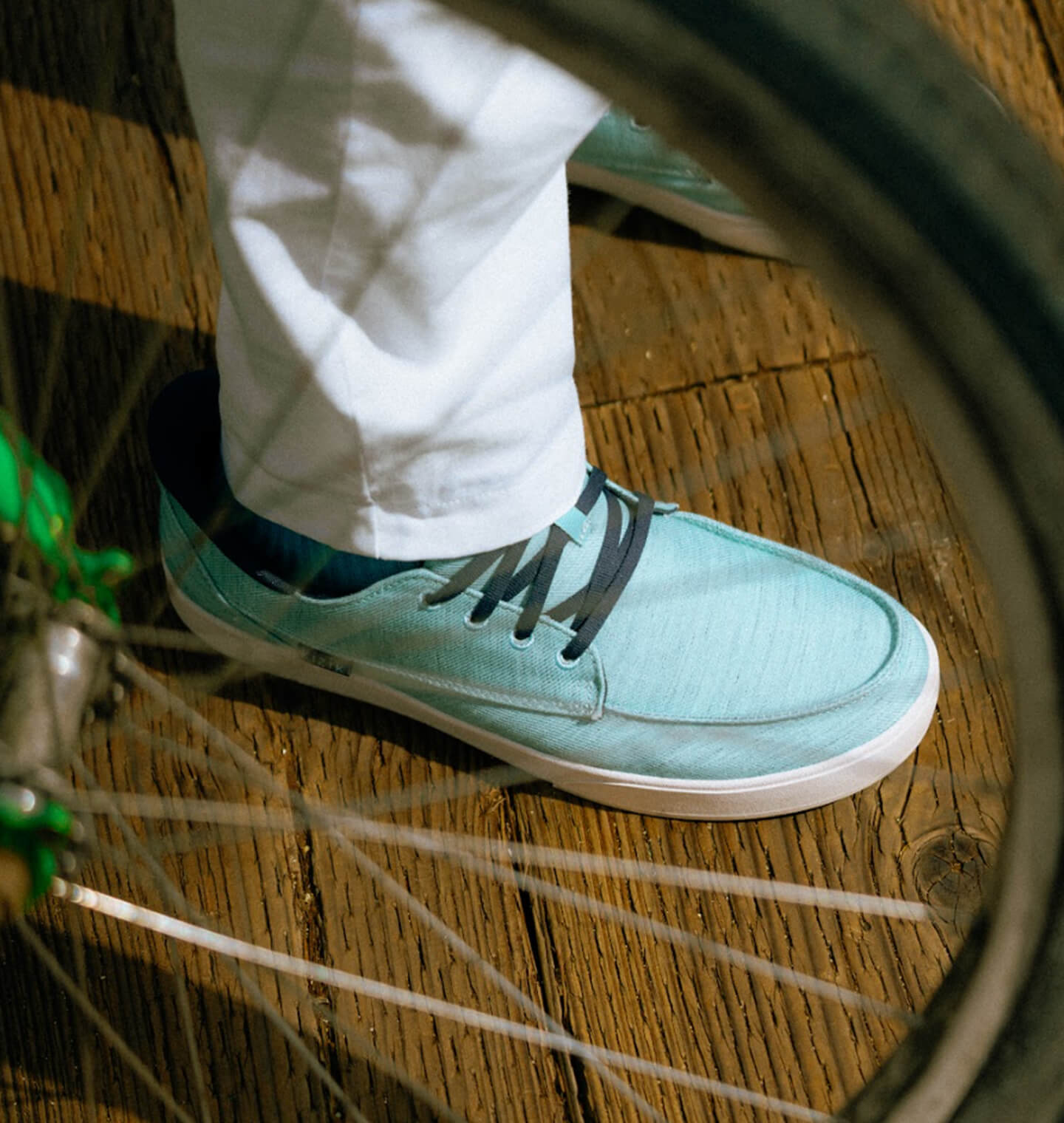
Leave a comment
This site is protected by hCaptcha and the hCaptcha Privacy Policy and Terms of Service apply.